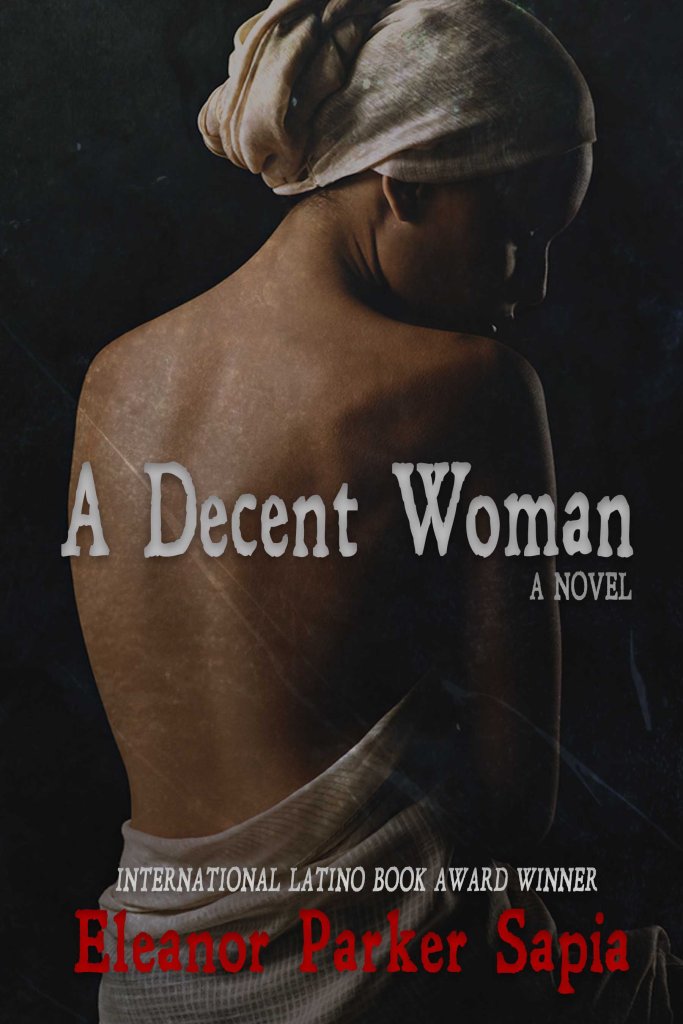 When I trained to become a counselor, we were taught to enter the therapy room and check our emotional baggage at the door by visualizing the placement of a suitcase filled with ‘our stuff’ high on a shelf for the duration of the session. We were asked to come in clear-headed, open to receive, and instructed to create a safe place for our client. I learned to do that with all my clients, who walked in with diverse backgrounds, life experiences, and opinions.
When I trained to become a counselor, we were taught to enter the therapy room and check our emotional baggage at the door by visualizing the placement of a suitcase filled with ‘our stuff’ high on a shelf for the duration of the session. We were asked to come in clear-headed, open to receive, and instructed to create a safe place for our client. I learned to do that with all my clients, who walked in with diverse backgrounds, life experiences, and opinions.
I paid attention to the reasons why and how the client reacted to ‘stuff’ in the counseling sessions, while paying close attention to their body language, tone of voice, mannerisms, and what they chose to share or not share. It was a privilege to sit with clients and walk by their sides as they took their journeys, and I was conscious to never rush them along or lead the sessions. I found that with enough patience, trust was built, and the sessions progressed…but only as far as they wanted to go at a particular time.
While writing my first novel, ‘A Decent Woman’, I had a light bulb moment—I realized it was important to offer the characters in my stories the same courtesy, support, and patient attention I’d paid my counseling clients.
With the first novel, I wrote a brief outline and filled out 3×5 index cards for each character, with their physical description, age, and a bit about their personalities. I didn’t write a detailed synopsis or in-depth character study until my second editor asked me to rewrite several chapters and add two chapters to the draft manuscript. With my work in progress, I followed the same technique: I outlined the story, wrote a quick character study of each character, but I didn’t write a long synopsis until I’d written ten chapters; certainly much earlier than with book one. Then I wrote an eight-page synopsis that grew to ten pages the following week. The week after that, I tackled the new outline and believe me, the character studies of each character grew immensely. I gave them a proper life. A waste of writing time; a cock-eyed approach? Not for many writers. Let me explain.
Creating characters for a work of fiction is a fascinating process. I might have an idea of who they are, what their jobs are, and what they look like physically, but initially I don’t know how they’ll react to the other characters in the story, or how they’ll fare in the complicated, complex world I have built for them. Are they strong-willed, jealous-types, haughty and arrogant, or empathic and kind-hearted? Are they good listeners, deep thinkers, or shallow individuals who can’t be counted on in a pinch? A character’s deeper, more personal qualities aren’t always apparent until I begin writing the story. Sometimes, more time and digging are required to really know my character inside out.
Let me give you an example. You’ve been introduced to a new neighbor, and soon you discover many shared experiences. The friendship develops quicker than most of the friendships in your life. She seems to be the ying to your yang. Then, a blizzard paralyzes your town with over 35 inches of snow. It’s impossible to shovel the snow fast enough, and hard as you may try, there is nowhere to put the snow. You and new neighbor commiserate with each other, and make plans for coffee as soon as the snow melts.
A day later, you’re sitting at your kitchen table and notice that you can’t see out the bay window for the mountain of snow in front of it. You step outside and catch new neighbor shoveling snow as fast as she can…and she’s heaving the white stuff into your small front yard. You’re stunned beyond belief. Why would she do that? You struggle to understand her actions, which are not only rude, but unconscionable. You would have never done that to her…not to anyone. Who is this woman? Who is she, indeed? You thought you knew her.
This example is similar to writing a new character—we don’t always know a character well enough when we begin writing, and even if we do think we’ve ‘pegged’ them at the start, new, interesting facts can develop. Some facts might be downright distasteful or wonderfully surprising and both can be helpful to the story.
As a writer, I strive to honor each of my characters and their story with my undivided time, attention, and patience. My goal is to create well-fleshed out, complex characters, but I can’t do that if I accept what is first apparent about a character. If I don’t dig deeper into the who, why, how, where, and backstory, of a character, the story will seem flat and uninteresting.
I dig deeper by creating mini bios for each main character, including where they were born, who raised them, a bit about their childhood, and their personalities traits. I write a detailed physical description of each character, and since I’m a visual person, I often find photographs to accompany the descriptions from magazines and the Internet. I find unique mannerisms, dislikes and likes: what makes them tick, and I jot down their strengths and weaknesses as that helps with natural dialogue, inner conflicts, and the resolutions, if any.
This technique works for me, in addition to walking side by side and getting to know my characters while writing a few chapters to get comfortable. I don’t rush this process. After that, I’m ready to tell their story from their unique perspective, which I can’t know about without actually writing.
You may have a different technique for creating interesting, memorable characters, and in that case, vive la différence!
Happy writing to you!
About Eleanor

Puerto Rican novelist, Eleanor Parker Sapia, was raised in the United States, Puerto Rico, and Europe. Eleanor’s careers as an artist, counselor, alternative health practitioner, Spanish language family support worker, and a refugee case worker, inspire her stories.
‘A Decent Woman‘, Eleanor’s debut novel, set in turn of the nineteenth century Puerto Rico, was selected as 2015 July Book of the Month for Las Comadres & Friends National Latino Book Club, and is listed in Centro Voices, The Center of Puerto Rican Studies, ‘Essential Boricua Reading for the 2015 Holiday Season’. Eleanor is featured in the anthology, ‘Latina Authors and Their Muses’, edited by Mayra Calvani, and in the soon-to-be released anthology, Organic Coffee, Haphazardly Literary Society, edited by Allie Burke. Eleanor is a proud member of Las Comadres Para Las Americas, PEN America, The National Association of Professional Women, and the Historical Novel Society. She is a contributing writer at Organic Coffee, Haphazardly Literary Society. When not writing, she loves facilitating creativity groups, reads, and tells herself she is making plans to walk El Camino de Santiago de Compostela a second time.
Eleanor adores her two adult children and currently lives in West Virginia, where she is writing her second novel, ‘The Lament of Sister Maria Immaculata’, and a collection of short stories.










